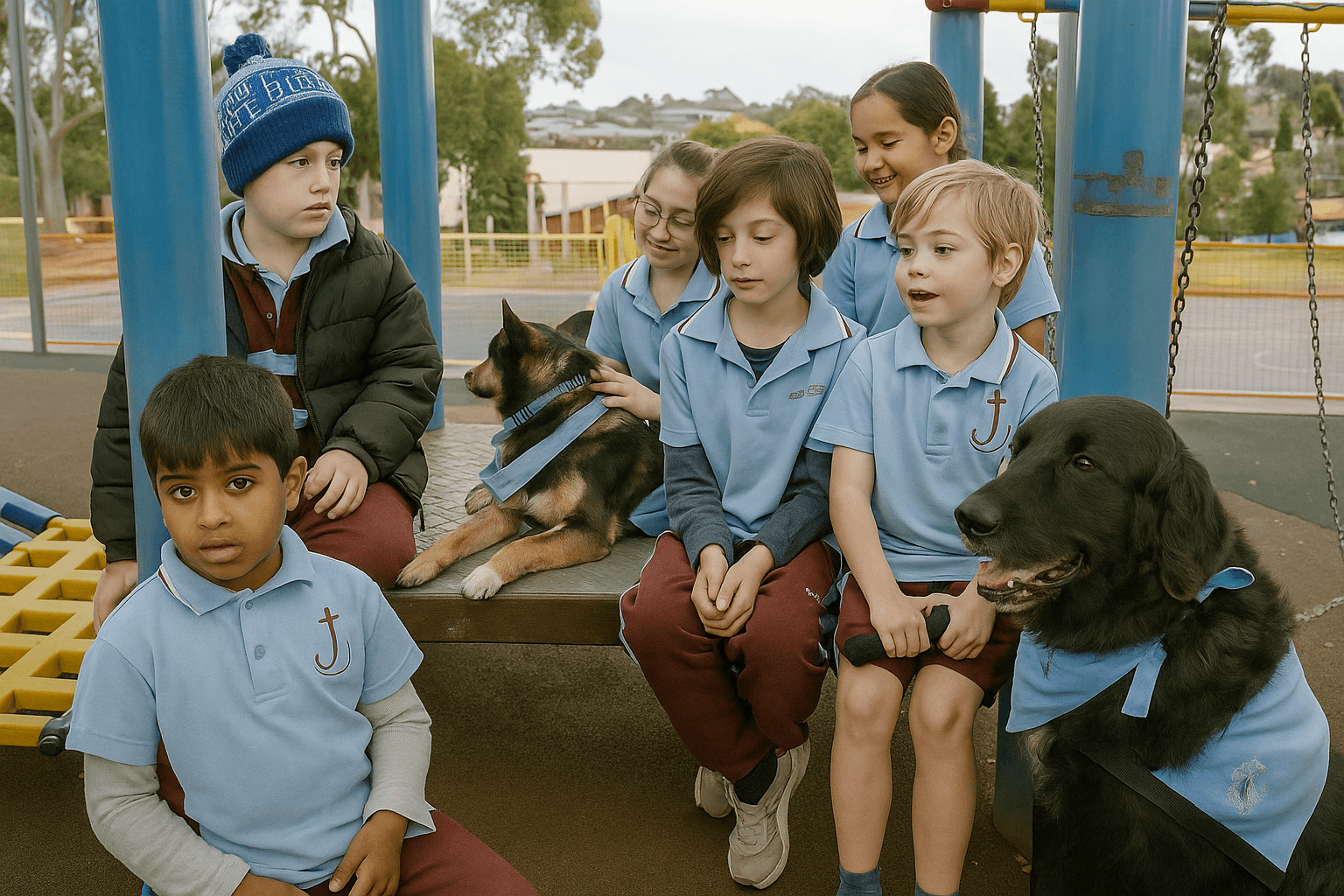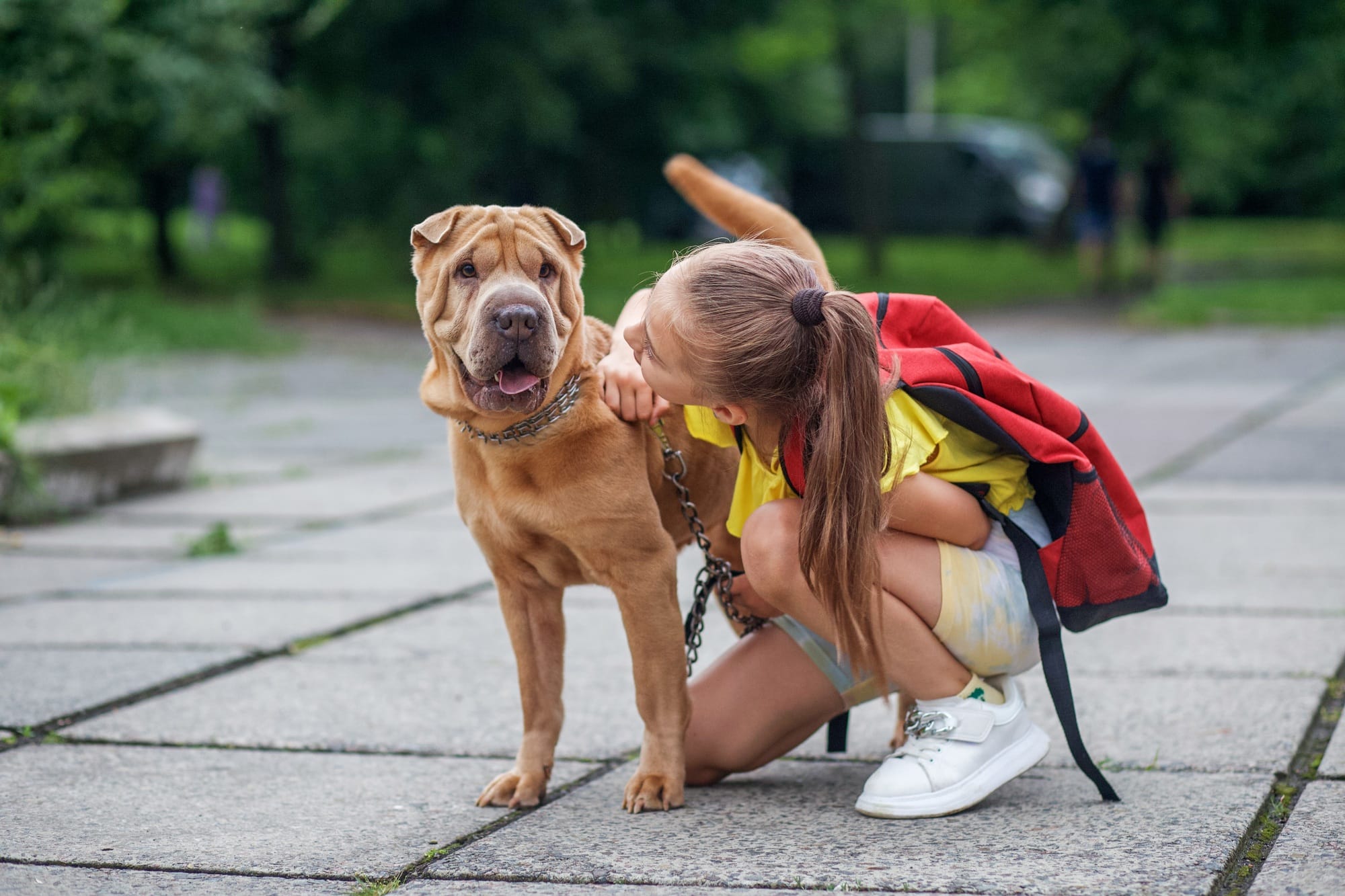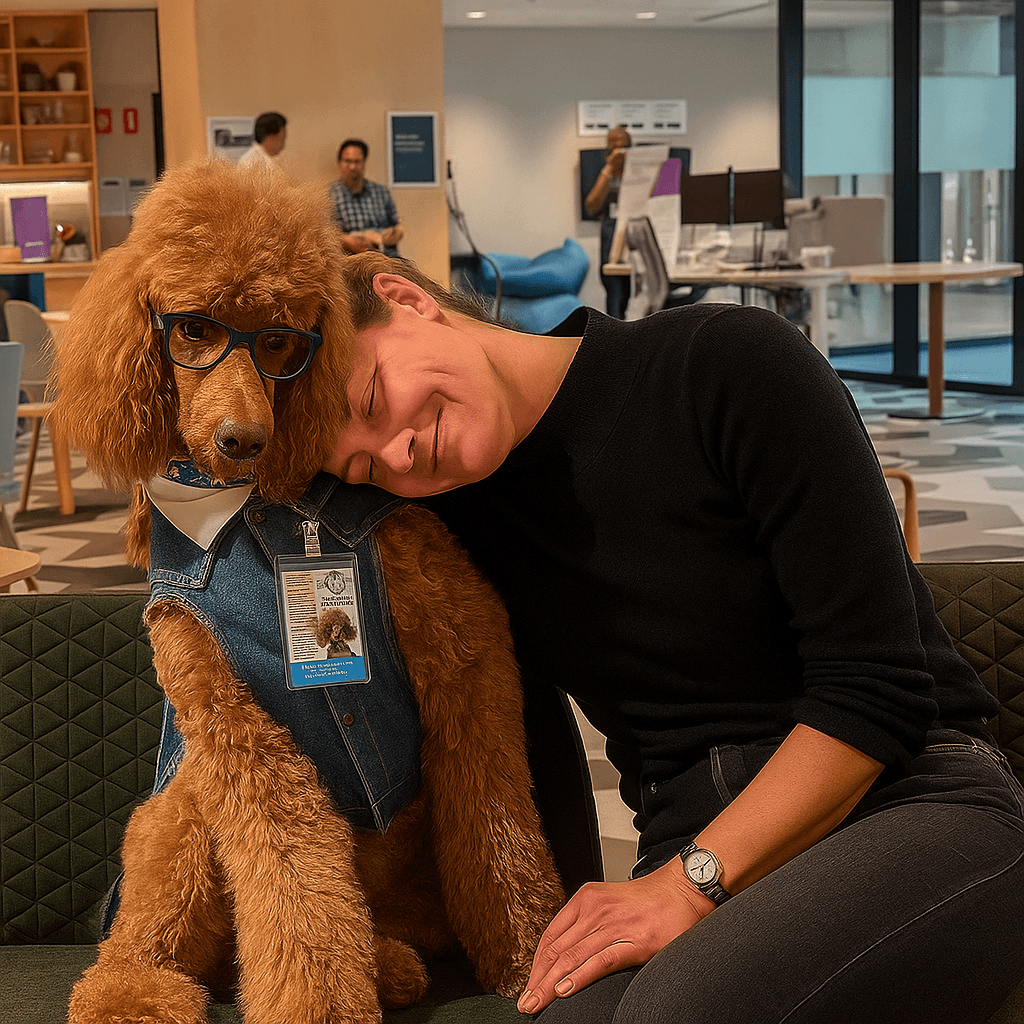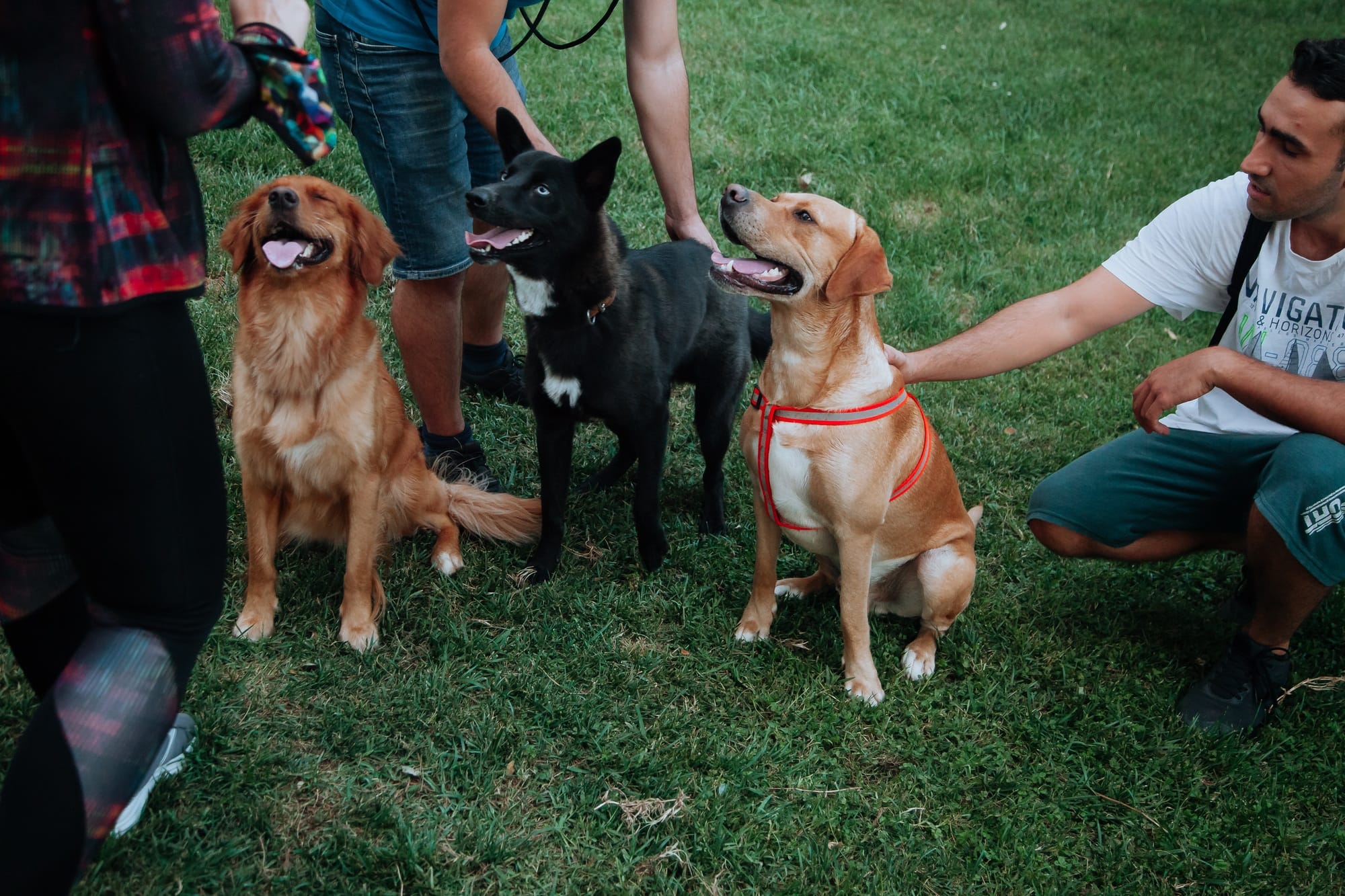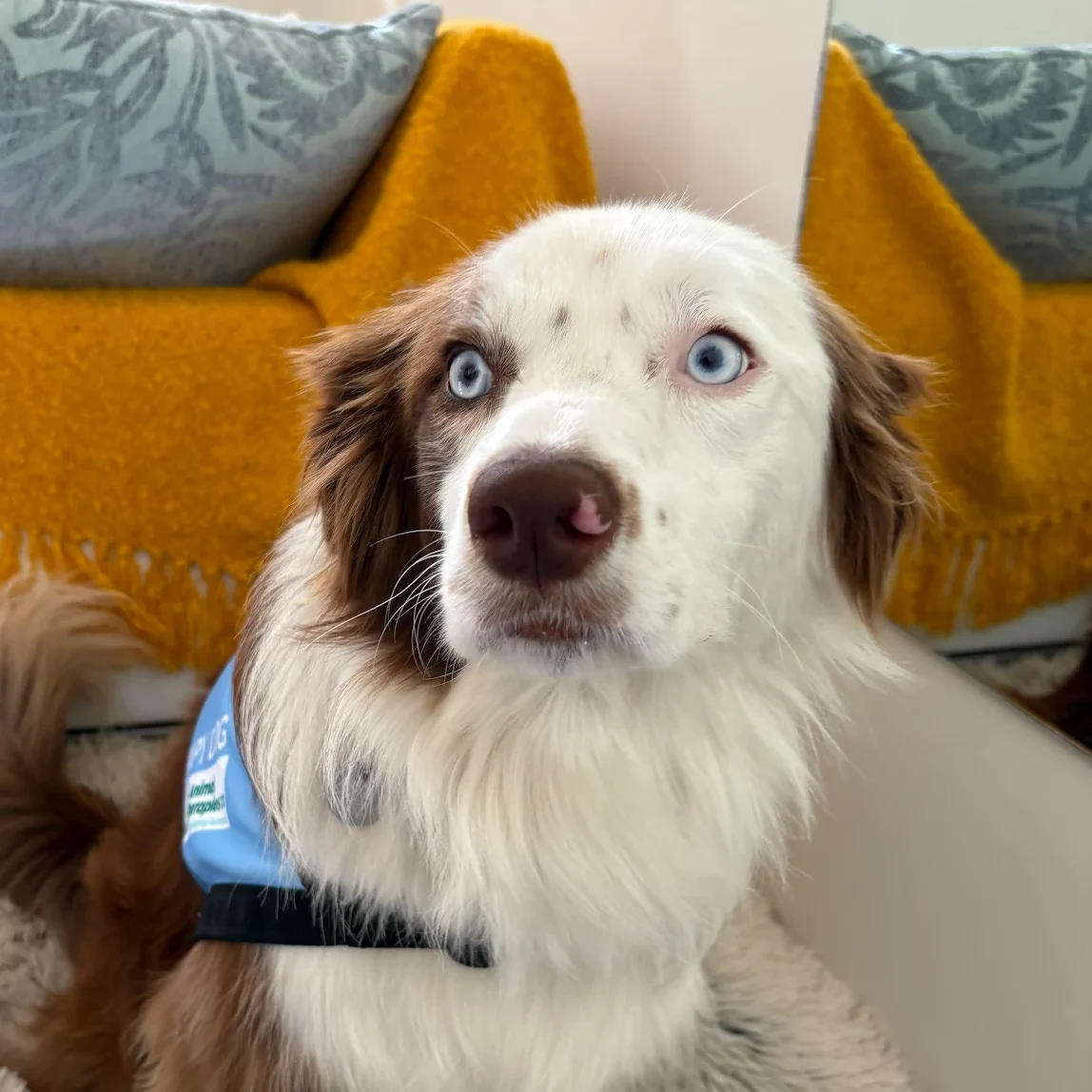Primary Schools:
Black Rock State School, Brighton Beach Primary, Cheltenham Primary School, Clarinda Primary School, East Bentleigh Primary, St. Justins (Wheelers Hill), Chelsea Primary School, Crib Point Primary School, Lang Warrin Primary School, St. Louis Aspendale, Mentone Grammar (ELC-Year 12), Mentone Girls Grammar, Nunawading Christian College (ELC), Sandringham Primary (Dekoda)
Secondary Schools:
Aquinas College, McKinnon Secondary College, Mordialloc Secondary College, Mount Eliza Secondary College, Salesian College, Swinburne Secondary College (Prahran), Kilbreda Girls College, Bialik College
Special Needs Schools:
Tombolo (Special Needs), Springvale Park Special Development School
